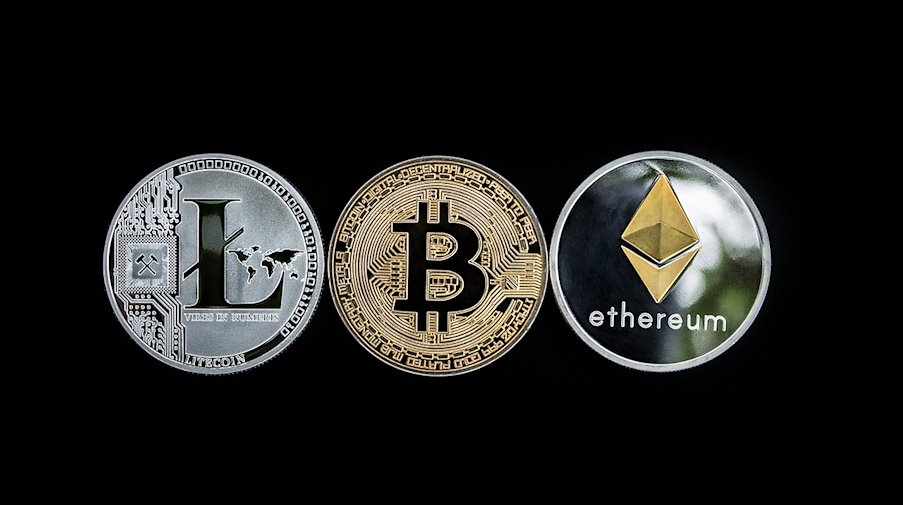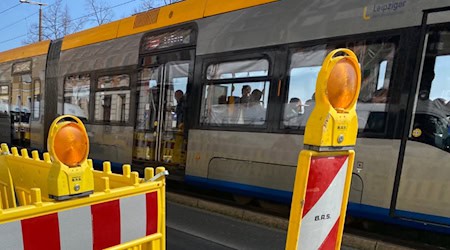In the world of cryptocurrencies, there is a new ambitious player: Worldcoin. The project, started by OpenAI co-founder Sam Altman and German Alex Blania, aims to create the world's largest identity and financial infrastructure as a public good. But while Worldcoin's vision is intriguing, privacy concerns and regulatory hurdles raise questions.
Worldcoin's vision
Worldcoin is more than just another cryptocurrency. The project aims to create a global identity infrastructure that allows everyone to prove their uniqueness and humanity. It does this through the use of World ID, a system based on zero-knowledge proof technology that allows people to verify their identity without revealing personal information.
The technology behind Worldcoin is impressive. A device called Orb, developed in a suburb of Erlangen, Germany, uses multispectral sensors to verify a person's uniqueness and humanity. After successful verification, the person receives what's called a "World ID" and a kind of welcome money in the form of Worldcoin tokens.
But Worldcoin's vision goes even further. Altman and Blania see their platform as the foundation for an unconditional basic income in a world where artificial intelligence takes over more and more human work. In this regard, Worldcoin could play a revolutionary role.
The risks of Worldcoin
Despite Worldcoin's intriguing vision, there are concerns. The Federal Ministry of the Interior has warned of security risks with the crypto project Worldcoin. In particular, the transfer of a "biometric factor" in the form of the iris scan could no longer be considered secure in the event of a data leak. While Worldcoin stresses that privacy protection and the principle of data minimization were taken into account in the development of the scanner and software, concerns remain.
There are also concerns internationally. In Kenya, the Ministry of Interior has halted the ongoing iris scans for now, and in France, the national data protection authority has launched an investigation. In the U.S., the startup is not offering services for now due to the laws and framework there.
A look into the future
Despite the concerns, the potential of Worldcoin is undeniable. If it can create a global identity infrastructure that respects privacy while enabling widespread distribution of cryptocurrency, Worldcoin could indeed usher in a revolution in the world of cryptocurrencies.
The vision of an unconditional basic income enabled by a cryptocurrency is intriguing. But it remains to be seen whether Worldcoin can overcome the technical and regulatory hurdles that lie in its path.
In any case, Worldcoin is a project worth keeping an eye on. It represents a vision of a more equitable and inclusive digital economy that focuses on both the opportunities and risks of cryptocurrencies.
Cryptocurrency and the technology behind Worldcoin
Cryptocurrencies have gained significant traction in recent years. They offer a decentralized, digital alternative to traditional currencies and enable fast, secure and cross-border transactions. Bitcoin, the first and most well-known cryptocurrency, has paved the way for a host of other digital currencies, including Ethereum, Ripple, and now Worldcoin.
Worldcoin relies on the Ethereum blockchain, one of the most well-known and widely used platforms for cryptocurrencies and smart contracts. As an ERC-20 token on the Ethereum main network, Worldcoin offers the benefits of the Ethereum blockchain, including security, transparency, and interoperability with other Ethereum-based services.
Unique to Worldcoin, however, is its use of the Optimism main network for most transactions. Optimism is a Layer 2 scaling solution for Ethereum that aims to increase the speed of transactions and reduce costs. This allows Worldcoin to take advantage of the Ethereum blockchain while maintaining high transaction speeds and low costs.
The combination of the proven Ethereum blockchain and the innovative use of Optimism and zero-knowledge proofs shows that Worldcoin is at the forefront of crypto technology. However, it remains to be seen whether this technological innovation will be enough to overcome the regulatory and security challenges that the project currently faces.










